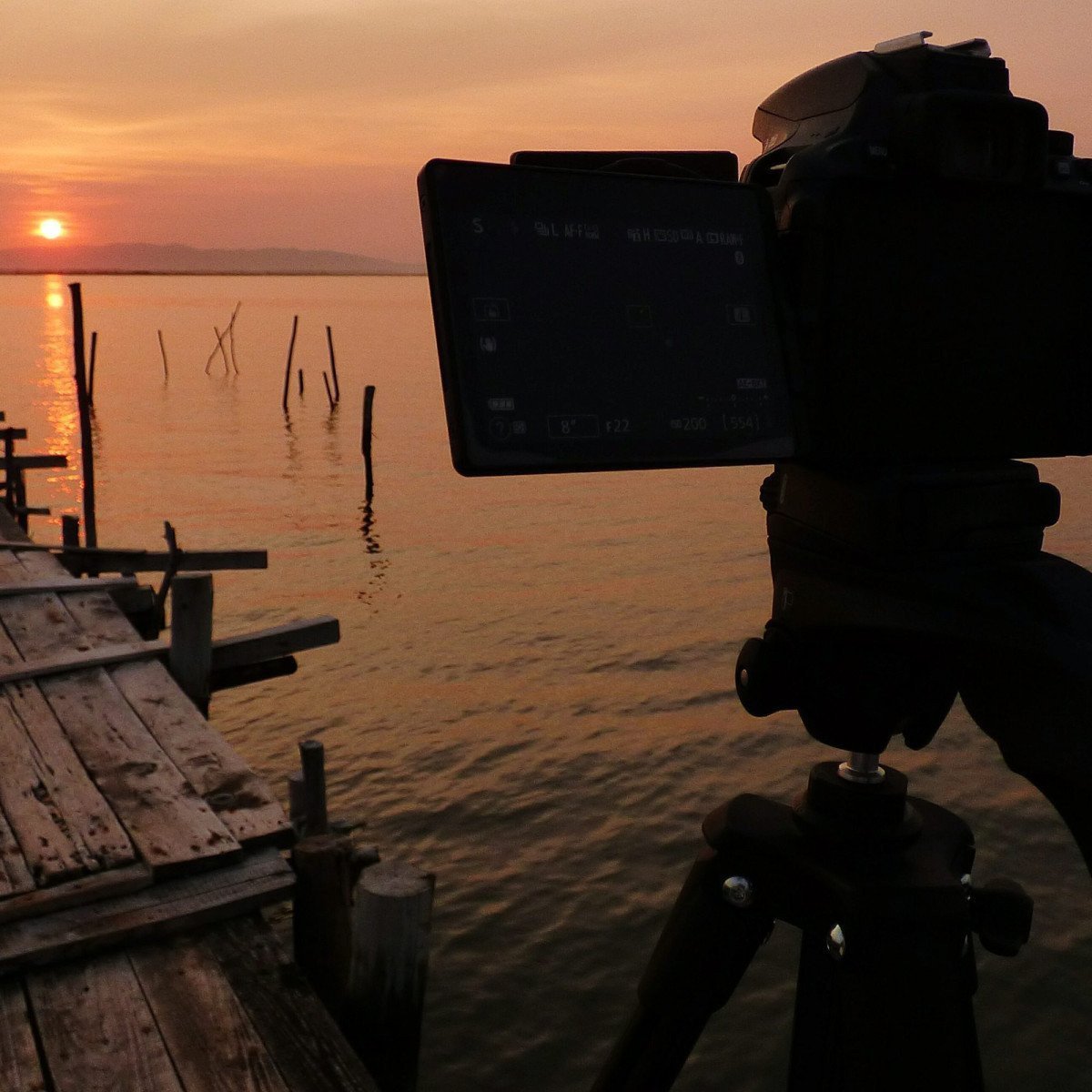Remember those balmy summers spent gazing at the fading dusk from your grandma’s porch? There were too many colors in the sky to count, weren’t there? And the streaks of light and shadow danced an eternal duet, birthing theatrical vistas. Photography is the art of capturing these ethereal moments. Permit me to ask: have you ever found yourself entranced by the subtle interplay of light and shadows on a quaint city street or a serene countryside? Well, you’re not alone. These natural elements are the unsung heroes creating depth and tone in your photos, weaving a tapestry of enchanting visuals.
The Dance Between Light and Shadows
Armed with just a camera, photographers can sculpt light and shadow to breathe life into mundane scenes. How, you wonder? By mastering exposure. In fact, knowing how to balance light and shadow is critical for compelling portraits. While we may be drawn to well-lit scenes, shadows are just as essential, creating depth and a sense of drama. Imagine you’re photographing movement. As your subject gracefully pirouettes, the formation of shadows can tricky. Punctuating the scene with shadows can turn your picture from average to awe-inspiring.
Visual Harmony: The Yin and Yang of Photography
Like the Yin and Yang, light and shadows coexist, symbiotic and inseparable, each making the other shine brighter. An image bathed in light may exude warmth and vitality, while shadows add a touch of the enigmatic, evoking curiosity. It’s this dance – the harmony between light and shadows – that’s the heart of a captivating photo. Imagine capturing the languid descent of twilight or the theatrical play of light in a rainforest canopy; it’s a sight to behold, isn’t it?
Take a moment now. Close your eyes and try to visualize a scene, any scene. It’s almost like painting a picture, isn’t it? Of course, light gives us the hues and shadows sketch the outlines. But that’s just one part of the story. Thin spreads of sunlight and thick blankets of shadows find poetic expression in our photos. They sculpt faces, give objects a three-dimensional feel, and transport viewers right into the frame.
Mastering the Art: Tools and Techniques
Falling for the allure of light and shadows is easy, but mastering this intricate dance requires practice and patience. Start by understanding your camera’s exposure settings. Pay attention to the aperture, shutter speed, and ISO settings – these are your paintbrushes for this art. Remember, underexposing creates a mystifying shadow aura, while overexposure bathes the scene in a heavenly glow.
Your journey into the realm of light and shadows is like creating a symphony – every note, every pause matters. As you begin experimenting, don’t stall at the safe and familiar. Push boundaries, break rules. Try underexposing a day scene for an intriguing twist, or overexpose a night frame to create an ethereal dreamscape.
Let Shadows Tell Your Story
So, are you ready to let shadows into your lens and tell a riveting tale of contrasting elements? Remember, while light may be the obvious artist, shadows are the subtle poets in your photoshoot narrative. It’s the silence between the words that lends rhythm to the verse, just as it’s the contrast between light and shadows that add depth to a picture. Dream, explore, experiment. For in the realm of photography, there are no mistakes, just learning opportunities.


0 Comment